Table of Contents
Every cell in the body contains iron. Iron works with red blood cells to carry oxygen where needed. But that’s not all. This essential nutrient supports immune function, cognition, energy production, and cellular functioning. The body only requires trace amounts, or 8 mg in men and postmenopausal women and 18 mg in premenopausal women.
However, iron deficiency is the most common deficiency worldwide, especially for toddlers and pregnant women. While the body can store iron, it’s best to consume a little every day. Check out our list of the best 12 essential iron-rich foods and nourish yourself the natural way.
Things to know about iron
Dietary iron comes in two types—heme and nonheme iron. Meat, poultry, and seafood contain both these types, whereas plant-based foods contain only non-heme iron. Heme iron from animal sources is more readily absorbed by the body.
On average, your body can absorb only 2% to 20% of consumed non-heme iron, found mostly in plants. However, for heme iron, the body can absorb 15% to 35% (2).
Therefore, if you rely solely on non-heme iron due to a plant-based diet, you may need to eat a few more milligrams every day.
That said, even if you eat plenty of iron-rich foods every day, you may still be deficient. This is due to dietary factors such as the following foods, which actually hinder iron absorption:
- Foods rich in phytates – whole grains, cereals, soy, corn, nuts, and legumes (3).
- Foods rich in calcium – dairy products, plant-based milk, and figs.
- Calcium supplements (4).
- Foods with polyphenols – coffee and tea (5).
On the other hand, some nutrients enhance iron absorption. Vitamin C, in particular, improves non-heme iron absorption, which may be beneficial to vegans and vegetarians (2). Most fruits, especially citrus, are rich in vitamin C.
If changing your diet is not effective in dealing with any iron deficiency, oral supplements can be a solution. If you’re pregnant or nursing, have your iron levels checked and follow the recommended dosage.
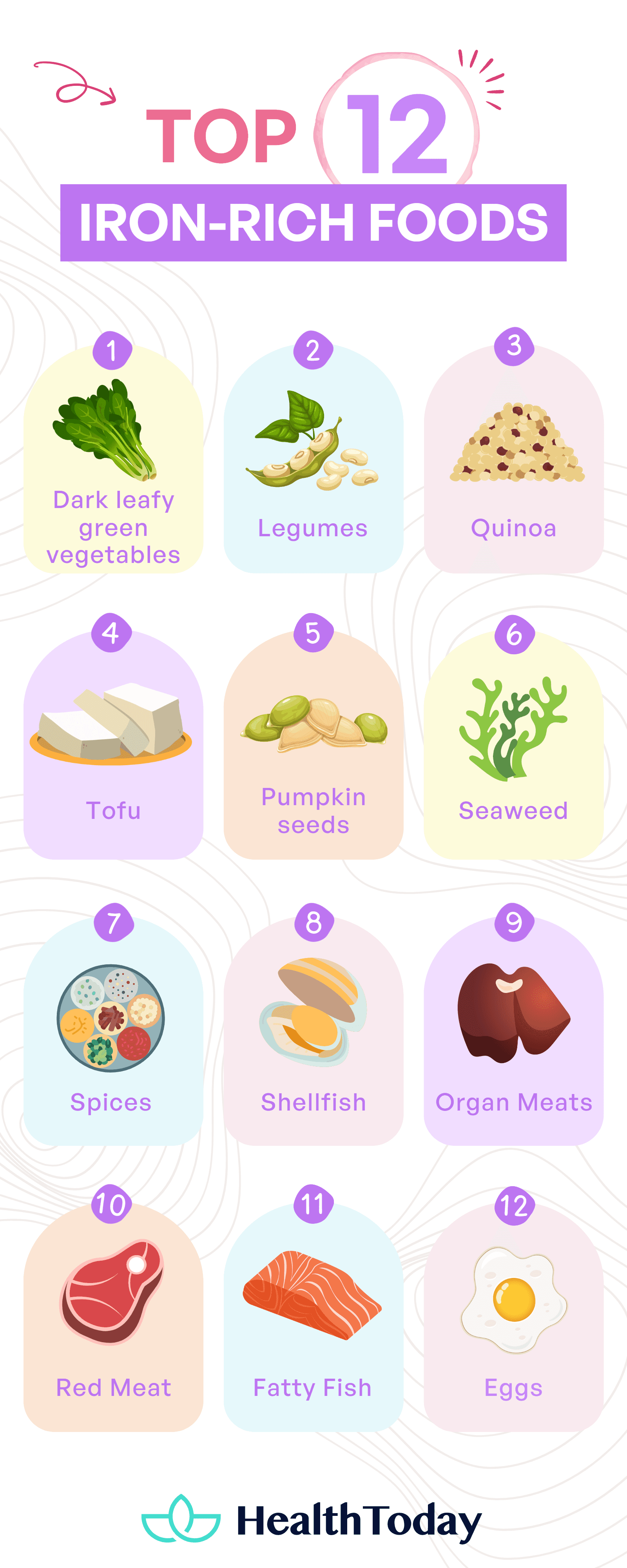
Plant sources
There are plenty of plant-based foods to boost your iron intake. Apart from iron, these healthy foods will benefit your nutrition in other ways.
1. Dark leafy green vegetables
Leafy greens are rich sources of nonheme iron, along with other nutrients like calcium, magnesium, fiber, folate, and vitamins A, B, C, E, and K.
When you cook leafy greens, the greens lose water weight, so there is more iron per gram of vegetable.:
- 100 g raw spinach = 2.7 mg iron, or 15% of DV (6).
- 100 g of cooked spinach = 3.57 mg iron or DV (7).
2. Legumes
Legumes are a great source of iron, which most people are sadly lacking. Legumes highest in iron are:
- Soybeans – 9.9 mg per cup
- Lentils – 6.6 mg per cooked cup
- Red kidney beans – 5.2 mg per cooked cup
- Chickpeas – 4.7mg per cooked cup
Consuming legumes has been proven to help prevent iron deficiency anemia (8).
3. Quinoa
A bonafide superfood, quinoa is high in fiber, vitamins, minerals, and proteins that contain all essential amino acids. Quinoa is also especially high in non-heme iron—4.6 mg per 100 g serving (58% DV for men vs. 25% DV for premenopausal women). Quinoa can be substituted for a bed of rice, added to salads, mixed with legumes and vegetables, or used in a soup.
4. Tofu
Tofu, or bean curd, is also a complete protein and a rich source of non-heme iron. Just a half-cup serving packs 3.4 mg of iron, which is 19% of the DV. Tofu also provides a good amount of B vitamins, fiber, potassium, phosphorus, and magnesium.
According to recent research, isoflavones found in tofu may lower the risk of breast cancer in pre- and post-menopausal women (9).
Common tofu varieties range from silken to extra firm. Silken tofu is ideal for purées, soups, and stews, or topping salads. Firm tofu is ideal for grilling, frying, and baking.
5. Pumpkin seeds
Pumpkin seeds, a great heart-healthy snack, are full of magnesium, calcium, protein, and zinc. What’s more, a serving of 28 g (1 oz) has 2.5 mg of iron (10). Pumpkin seeds are cancer-fighting, too (11, 12).
It’s best to eat them raw to get the most iron or roast them for 10 to 15 minutes and add them to salads, yogurt, and soups.
6. Seaweed
Seaweed, a Japanese favorite, contains a lot of fiber, iron, and B vitamins. That’s not to mention it has ten times the mineral content of many vegetables.
According to studies, seaweeds can be effective in treating mineral deficiency diseases, including iron deficiency anemia (13, 14). Seaweed is also low in calories and high in antioxidants that protect against cell damage.
There’s a word of warning on seaweed, however. It is also rich in tannins and phytates, which can interfere with iron absorption. So, follow a balanced diet and limit seaweed consumption to no more than three times a week.
7. Cumin and other spices
A sprinkle of cumin seed powder, basil, or thyme can wake up just any dish. As a bonus, they are high in iron. One teaspoon of whole cumin seeds can have as much as 18% for men and 7.7% for premenopausal women of your daily iron needs (1.4 mg/tsp)—in just under 8 calories (15).
Basil contains 1.9 mg to 4 mg of iron, depending on whether it is fresh or ground (16). Thyme, on the other hand, has more iron than basil—5.3 milligrams per tablespoon (17).
Animal-based sources of heme iron
Some animal foods pack more iron than plant-based options. Here are some of the iron-rich animal foods to include in your diet.
8. Shellfish
Among shellfish, oysters are the highest in iron. Depending on where they are from, a 3-oz serving of cooked oysters provides 44% of your daily value for men. Beyond its iron content, a 3-oz serving also has 16 g of protein, 257 mg of potassium, 13.6 mg of calcium, and 37 mg of magnesium (18).
If you don’t like oysters, try clams, mussels, scallops, or shrimp as an alternative. The same 3-oz serving of cooked clams contains 2.4 mg of iron, and one cup of cooked shrimp has 0.4 mg of iron (19, 20).
9. Organ Meats
Organ meats are good sources of bioavailable heme iron, fat-soluble vitamins, folate, copper, and magnesium. The amount of iron depends on the type of organ and its source.
Beef liver, for example, has 5.5 mg of iron in a 4-oz serving (21). Chicken liver has nearly twice as much iron as beef—about 10.2 mg per 4-oz serving (22). You can also try cooked chicken hearts, which provide roughly 13 mg of iron per cup.
10. Red meat
Red meat is well known for being rich in iron. Per 3-oz serving, you get 2.2 mg of heme iron, or 12% of the DV for premenopausal women (23). Red meat is also high in zinc, potassium, and other minerals, as well as vitamin B-12.
Turkey breast and leaner red meats are also good sources of animal-based iron. A 3-oz serving of roasted turkey contains about 1 mg of iron (24). Turkey breast is also high in protein and low in fat, making it good for maintaining a healthy weight and heart.
11. Fatty fish
While mostly touted for its omega-3 fat content, fatty fish such as salmon and tuna are great sources of heme iron. Canned haddock and mackerel are much the same.
A 3-oz serving of cooked tuna or sardines has about 8% and 11% (for women) iron per daily value, respectively. Iron in salmon varies somewhat. A 3-oz serving of raw, wild Atlantic salmon, for example, has 0.68 mg of iron, while the same serving of farmed salmon has only 0.29 mg (25, 26).
Fatty fish is also rich in protein and a wide range of minerals, including calcium, potassium, magnesium, and zinc.
12. Eggs
Egg yolks contain both heme and nonheme iron. A medium-sized egg has around 0.77 mg of iron (27). Eggs are also rich in lutein, a carotenoid important for eye health, as well as B vitamins (28). To boost your iron consumption, add chopped spinach or basil to an omelet or scrambled eggs.
5 Commonly asked questions about iron
Since iron is such an important nutrient, people tend to have a lot of questions. Find out how much iron you need every day, know the symptoms of iron deficiency, and whether or not iron supplements are safe. Most importantly, learn how to increase your iron absorption rate.
1. How much iron do I need?
Iron requirements vary slightly by age, sex, and diet. We use the current recommendation from the NIH or National Institutes of Health (29). For infants, children, and preteens, iron requirements are generally the same for both girls and boys:
- Birth to 6 months: 0.27 mg (male and female)
- 7–12 months: 11 mg (male and female)
- 1–3 years: 7 mg (male and female)
- 9–13 years: 8 mg (male and female)
For teenage years and onward, females generally require more iron than men until menopause. Here are the recommended daily values:
- 14–18 years: 11 mg (male); 15 mg (female)
- 19–50 years: 8 mg (male); 18 mg (female)
- 51 and above 8 mg (male and female)
The RDA for pregnancy is 27 mg, but only 9–10 mg postpartum. Menstruating women, according to the NIH, require extra iron because they lose about 2 mg of it every day at the start of the menstrual cycle.
2. What is iron deficiency anemia?
Your body needs a constant supply of iron to make healthy red blood cells. When your body needs more iron than you consume, a mismatch between supply and demand occurs, leading to anemia. This can occur for many reasons, including a lack of iron in your diet, internal bleeding, pregnancy, or an inability to absorb iron.
3. What are the symptoms of iron deficiency anemia?
The signs and symptoms vary by age, gender, and severity of the disease. It is also possible to be iron deficient and not have any symptoms.
These common symptoms are quite extensive and not exclusive to iron deficiency. It’s best, therefore, to consult a health advisor if you have one or more of the following:
- Fatigue, weakness, or shortness of breath.
- Dizziness or headache, heart palpitations.
- Memory loss and restless leg syndrome.
- Inflamed tongue, cold hands, and feet.
- Pale skin, dry or brittle hair, skin, and nails.
4. How can I improve iron absorption in my diet?
Your body will easily absorb iron when you pair iron-rich foods with vitamin C. Vitamin C does this by converting non-heme iron into a form that cells can easily absorb (2).
In addition to eating citrus fruits, you can get a healthy dose of vitamin C from red or yellow peppers, broccoli, and tomatoes.
Research also suggests that foods high in vitamin A and beta-carotene may prevent phytates from inhibiting iron absorption (30). So, try to include more carrots, sweet potatoes, spinach, kale, apricots, and cantaloupe in your diet.
5. Can iron supplements be dangerous?
The recommended daily dose of elemental iron is 150–200 mg. However, it is possible to take in too much iron. In severe cases, an iron overload can lead to cirrhosis, liver cancer, heart disease, and even death (31).
Warning signs of excessive iron intake include:
- Diarrhea
- Severe stomach pain
- Vomiting blood
- Heart flutters
- Weakness and fatigue
- Iron fist
Do not take antacids, penicillin, or calcium supplements with iron because they interfere with iron absorption. An iron supplement can also limit the absorption of zinc, copper, magnesium, and manganese. To ensure optimal absorption and avoid any side effects, space your prescription and iron supplement doses one to two hours apart.
Summary
Many people, especially infants and women, lack sufficient iron. However, there are 12 particularly iron-rich foods you can and should eat every day. Animal-based iron is more easily absorbed than plant-derived iron. Vitamin C increases iron absorption, while calcium and foods rich in phytates and polyphenols prevent iron absorption. It’s important to know the signs of iron deficiency and anemia and consult a health professional if you are in doubt.







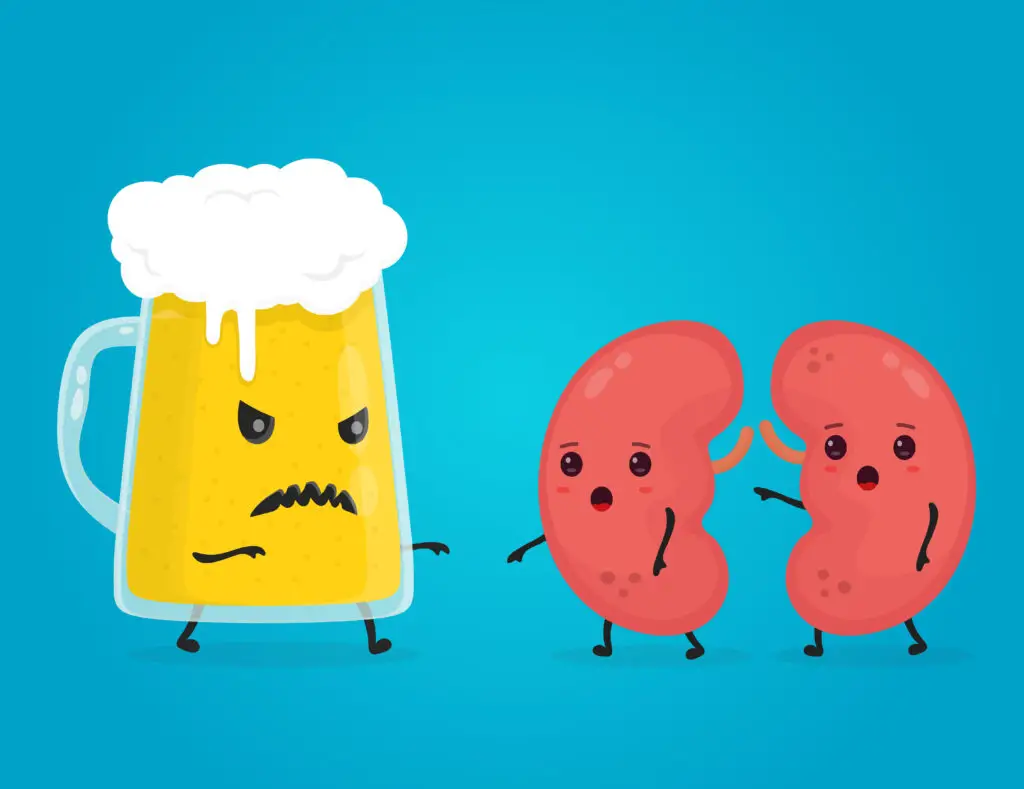

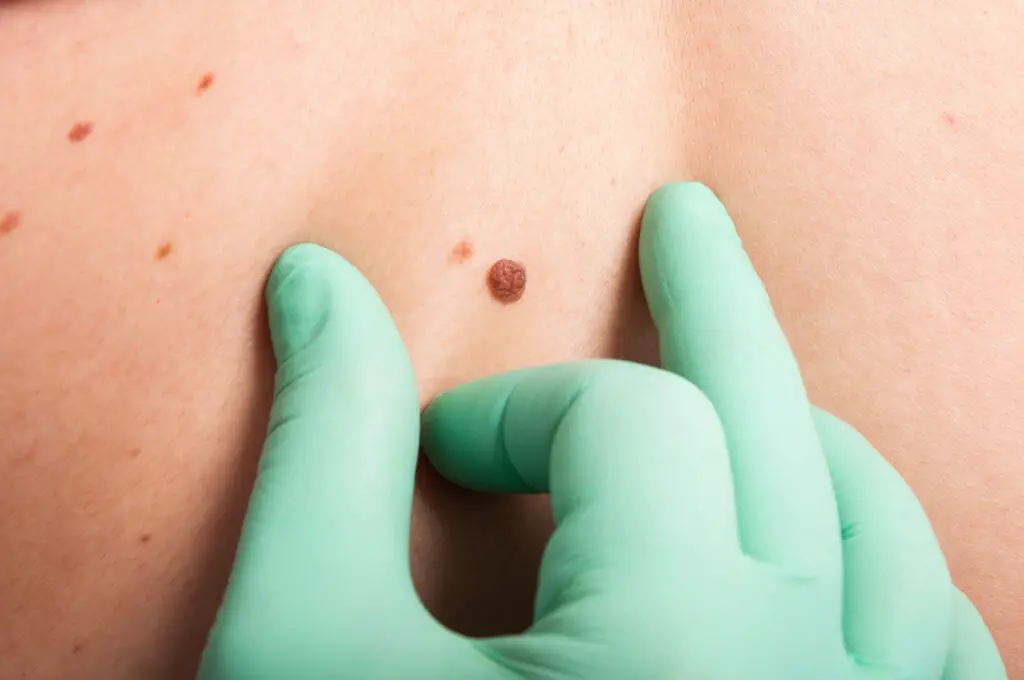


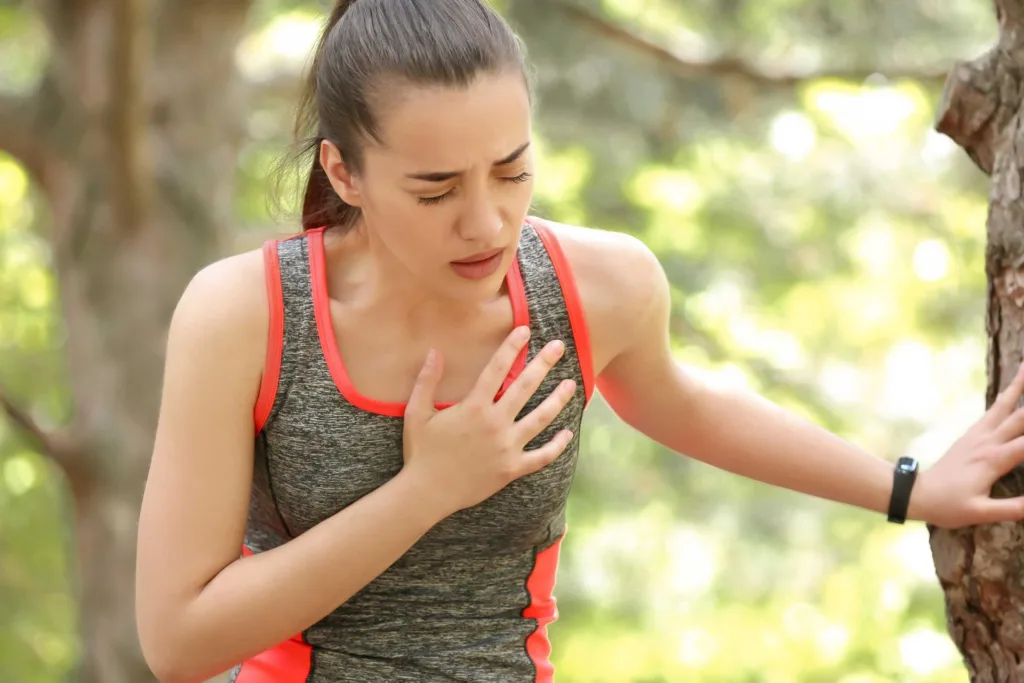
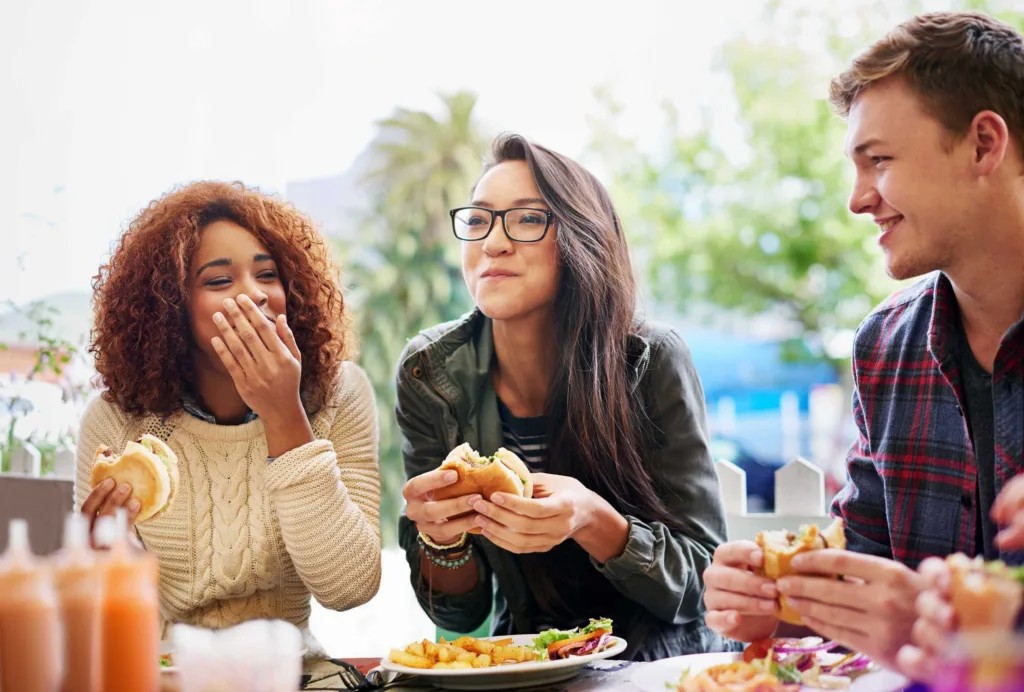
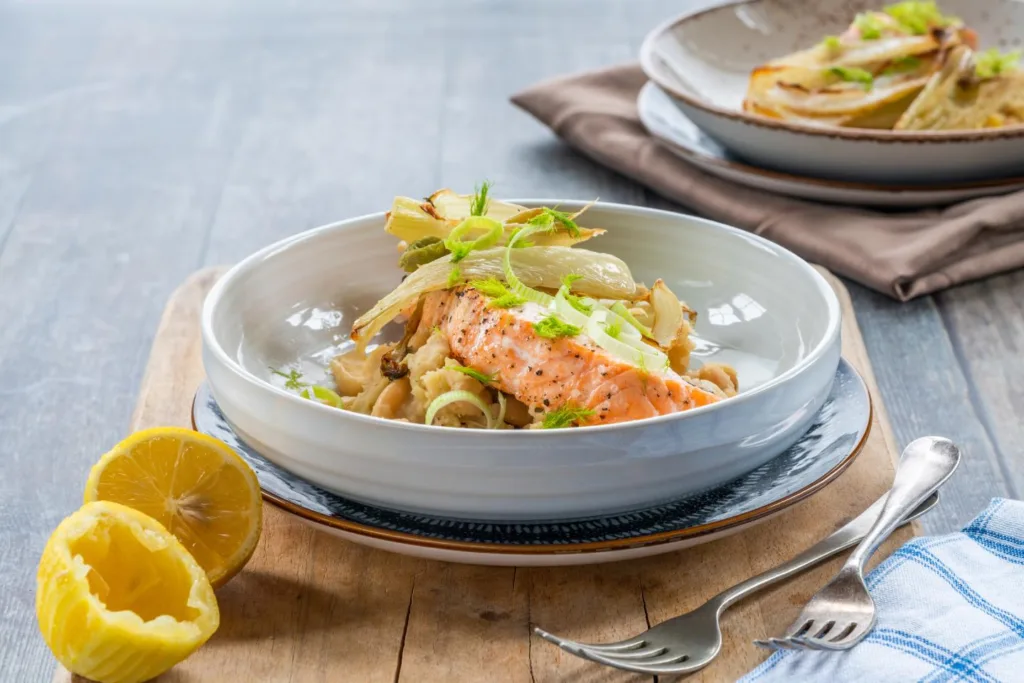
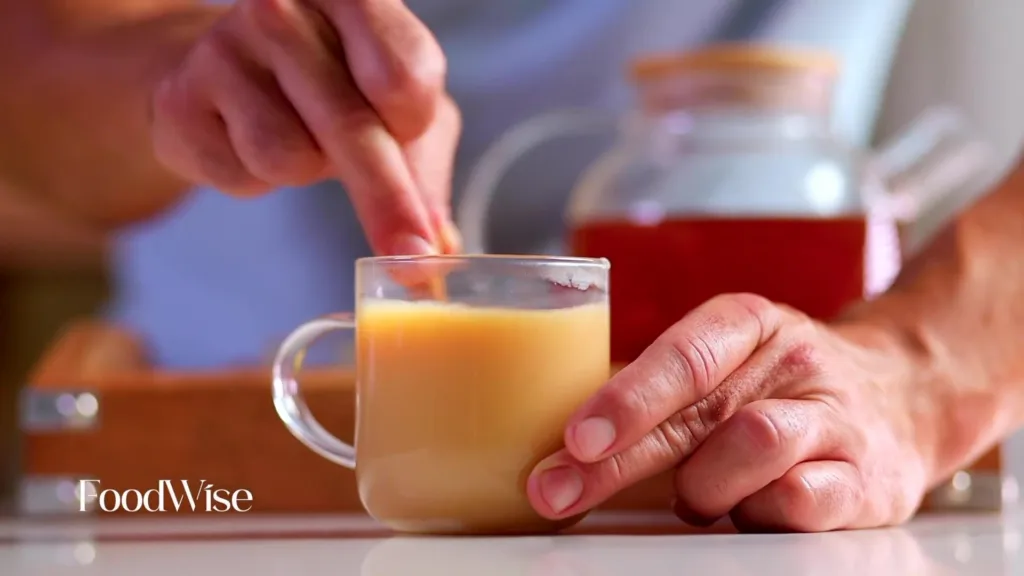
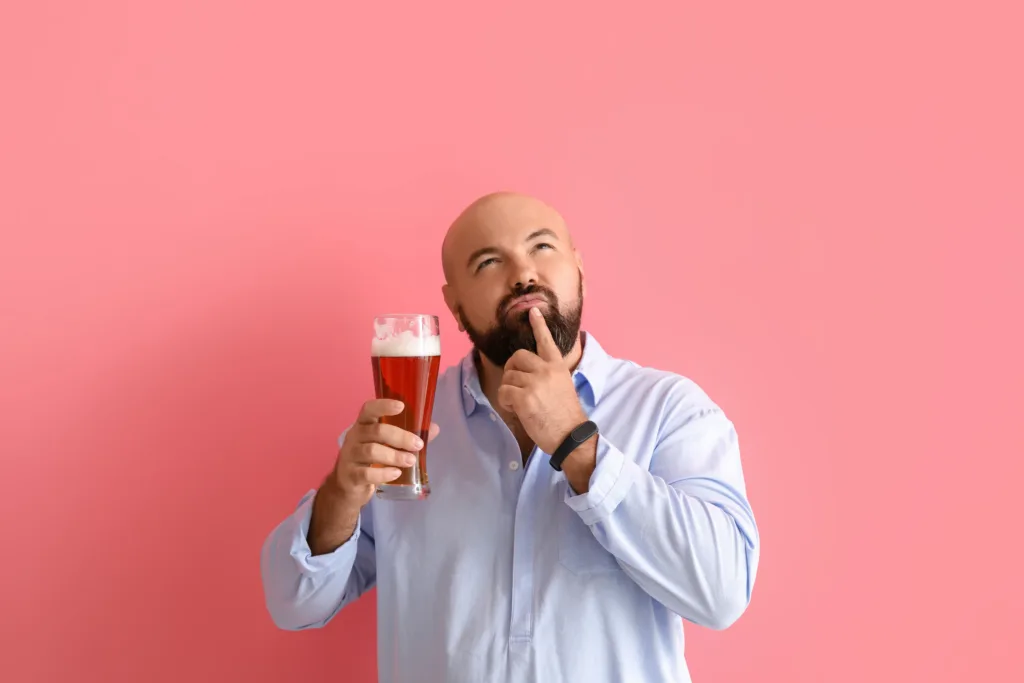
Comments
0